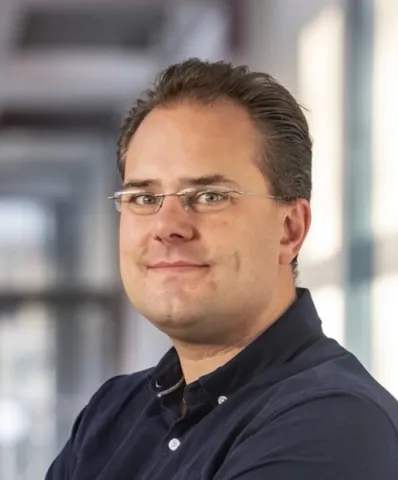About the project
X-ray computed tomography uses X-ray radiation to generate three dimensional images of an object’s external and internal structure. The method is not only used for medical diagnostics but is also increasingly used in scientific applications where it can provide very high-resolution images, making it a valuable tool in most scientific fields. As the imaging process can be very slow, this however only works well where objects do not move or change during imaging. The approach is thus not applicable to the investigation of many dynamic processes, where the object changes significantly during imaging. For this setting, a new paradigm is required.
Our team has recently developed a stereo imaging-based methodology that allows us to extract three-dimensional dynamic information at significant faster timescales, however, this approach utilises a dedicated hardware setup with multiple X-ray sources and detectors, which are not available in standard lab-based X-ray systems.
To overcome this shortcoming, we are looking for a PhD candidate to investigate the use of advanced statistical computer vision methods to track object deformations in X-ray data. In particular, you would be studying multi-target tracking approaches, which are statistical algorithms that can track the location of multiple features during a dynamic deformation, whilst simultaneously keeping track of the uncertainties of these estimates. This will then allow you to develop an approach that can utilise standard lab-based X-ray tomography systems with a single X-ray source and detector by combining the estimated dynamics of an object’s deformation model with the approximately known slow relative rotation of the object.
Whilst we anticipate that most of the work for this PhD will be focussed on the development of novel tracking algorithms that will be evaluated on simulated data, we are also working closely with the University of Southampton’s dedicated X-ray Computed Tomography (X-CT) centre “µ-VIS”, which is part of the UK’s National facility for X-CT and houses some of the UK’s largest micro-focus CT scanning systems capable of unveiling sub-surface information from materials, components and structures. With strong links between both research and industry, the centre is used for an extensive list of applications (please see our website for further info: www.muvis.org) and a related PhD project that is currently advertised will be aimed at the exploration of experimental approaches that implement the two source/detector approach.
